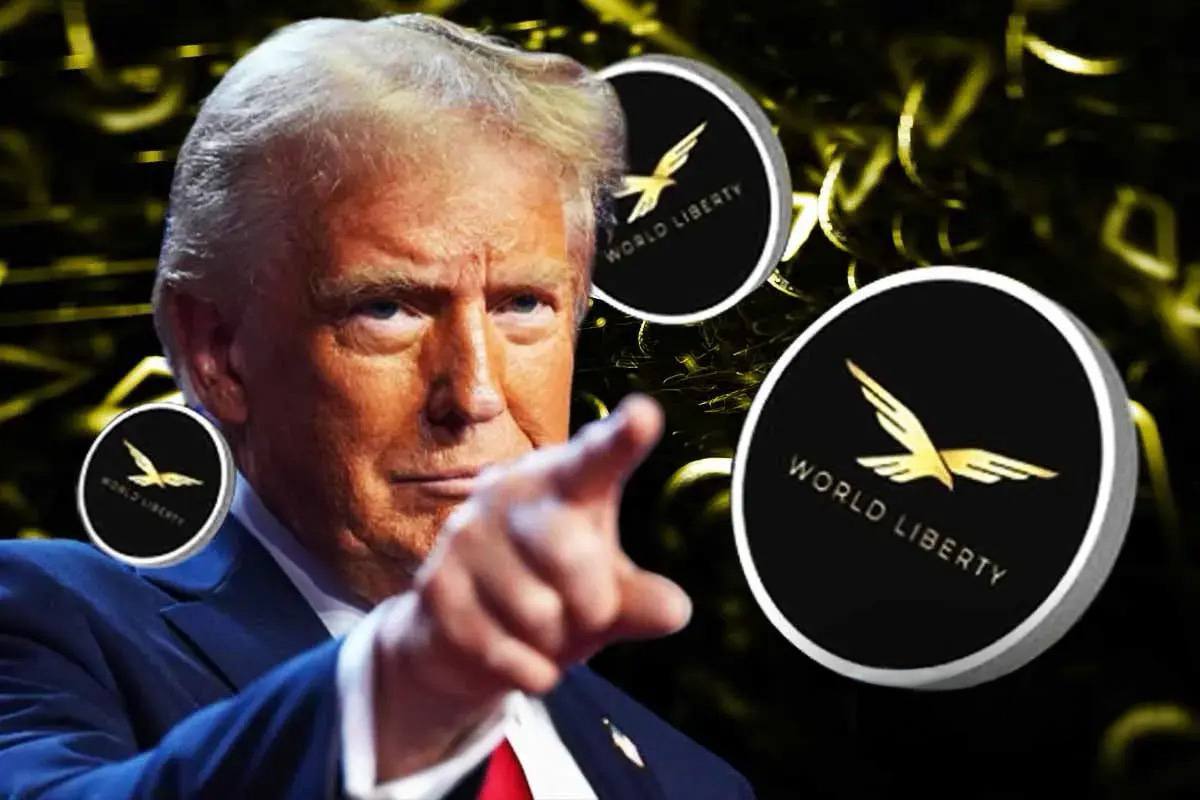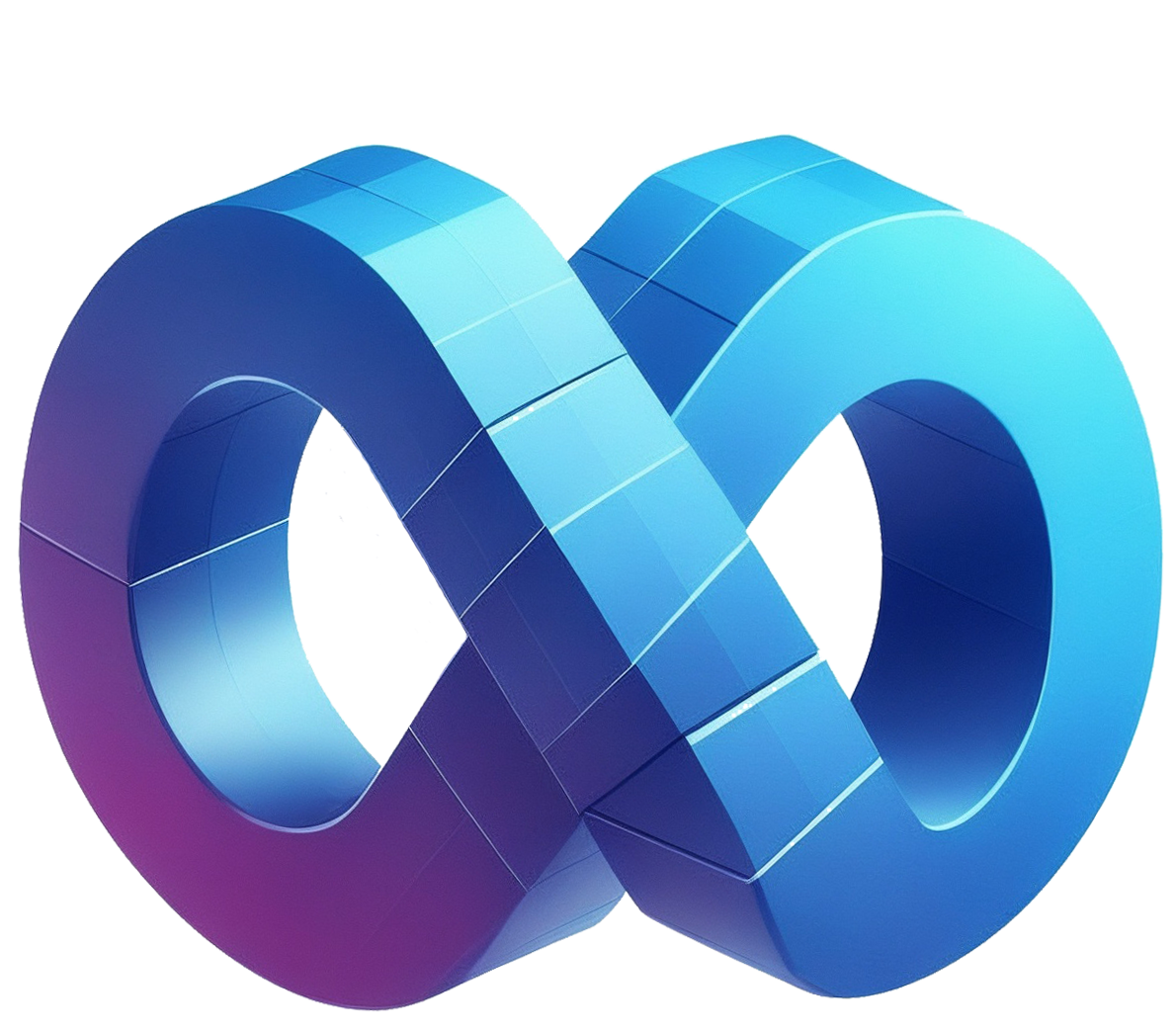World Liberty Financial (WLFI) Token Hits $4.8 Billion but Questions Linger on Its Value

World Liberty Financial (WLFI), a decentralized finance venture backed by the Trump family, has captured significant attention with its governance token, WLFI, reaching a market valuation of approximately $4.8 billion shortly after its public trading debut on September 1, 2025.
Despite this impressive figure, investors and analysts remain uncertain about what the project genuinely offers, as its deliverables appear limited compared to its lofty market cap. The token’s rapid rise, driven largely by the Trump family’s political prominence, raises questions about whether its valuation is justified or if it’s primarily fueled by brand recognition rather than substantive innovation. This article explores WLFI’s current offerings, its governance structure, and the factors influencing its market perception.
What Does WLFI Actually Deliver?
World Liberty Financial’s primary deliverables to date include its governance token, WLFI, the USD1 stablecoin, and a proposed Aave v3 money market that has yet to launch. The WLFI token, initially non-transferable, allows holders to vote on protocol decisions, such as the July 2025 vote to make the token tradable. However, the token lacks equity, revenue rights, or cash flow benefits, limiting its utility to governance alone. This structure contrasts with other DeFi projects like Aave or Uniswap, which offer tangible financial incentives to token holders through protocol fees or staking rewards. The absence of economic rights for WLFI holders raises concerns about its long-term value proposition, especially given its multibillion-dollar valuation.
The USD1 stablecoin represents a more concrete achievement. Pegged to the U.S. dollar and backed by short-term U.S. Treasuries and cash equivalents, USD1 has grown rapidly, reaching a $2.6 billion market cap, making it the sixth-largest stablecoin. It is live on multiple blockchains, including Ethereum, Solana, and Tron, with custody provided by BitGo and a spot listing on Binance since May 2025. While USD1 facilitates low-cost transactions and supports institutional deals, such as a $2 billion Binance-MGX transaction, it provides no direct financial benefits to WLFI token holders, functioning instead as adjacent infrastructure.
The proposed Aave v3 money market, intended to be WLFI’s flagship DeFi offering, remains in the planning stages. Although it has passed initial governance checkpoints within the Aave ecosystem, no public, verifiable front end or operational market exists as of September 2025. This delay limits WLFI’s ability to demonstrate practical DeFi utility, leaving its ecosystem incomplete compared to established competitors like Aave, Ethena, or DAI, which have fully operational protocols. The lack of a live lending market underscores the gap between WLFI’s ambitious valuation and its current deliverables.
Stay In The Loop and Never Miss Important Crypto News
Sign up and be the first to know when we publishValuation and Trump Brand Influence
The $4.8 billion valuation of WLFI has sparked debate about whether it reflects genuine innovation or speculative hype tied to the Trump family’s involvement. The Trump family, through DT Marks DEFI LLC, holds approximately 22.5 billion of the 100 billion WLFI tokens, equating to a significant portion of the project’s value. Reports indicate the family has already realized hundreds of millions in revenue from the venture, though these earnings stem from the operating company, not the token itself. This distinction highlights a key issue: while the Trump family benefits financially, WLFI token holders are limited to governance rights without direct economic returns.
The token’s valuation appears heavily influenced by the Trump brand and the political momentum surrounding Donald Trump’s presidency. Following his 2024 election victory, WLFI’s token sales surged, and its public trading debut saw prices climb to $0.31 before settling around $0.18-$0.20. This volatility reflects market speculation tied to Trump’s political actions, with analysts suggesting that WLFI’s price may fluctuate based on the success or failure of his administration’s policies. Unlike traditional DeFi projects, where value is driven by technical utility or revenue-sharing mechanisms, WLFI’s market cap seems to hinge on its high-profile backing and the promise of future developments.
To address price volatility, World Liberty Financial introduced a buyback-and-burn program, using trading fees to reduce the token’s circulating supply by 1-2% monthly. This deflationary strategy, which included burning 47 million tokens on September 2, 2025, aims to stabilize prices but does not address the lack of intrinsic token utility. Additionally, the initial token float was limited to 24.67 billion tokens, with only 20% of early investor holdings unlocked, creating artificial scarcity that may have bolstered the token’s early valuation. However, future unlocks, dependent on community votes via the audited Lockbox smart contract, could introduce selling pressure and challenge price stability.
The notion that WLFI’s token price reflects Trump’s political performance adds a unique dimension to its valuation as well. A successful government initiative well-received by the public could drive WLFI’s price higher, while a poorly received policy might lead to declines, aligning with broader crypto market trends driven by market sentiment. This dynamic, coupled with the Trump brand’s prominence, amplifies WLFI’s appeal but also its risks and volatility driven by factors beyond technical utility.
The project’s governance model also raises concerns about centralization. Despite claims of decentralization, the Trump family’s significant token allocation and revenue share through DT Marks DEFI LLC suggest a level of control atypical for DeFi protocols. This concentration of power, coupled with high-profile investments from figures like Justin Sun and Abu Dhabi-linked entities, has drawn scrutiny from regulators, including the SEC, which is examining WLFI’s compliance and potential conflicts of interest. These factors contribute to skepticism about whether WLFI can deliver on its promise of a decentralized financial system.
The Trump family’s political influence adds another layer of complexity. Donald Trump’s advocacy for crypto-friendly policies, including the strategic Bitcoin reserve, has boosted market sentiment toward WLFI. However, critics argue that this political leverage creates a “circular deal” where profits flow back to family-linked entities, potentially undermining the project’s DeFi ethos. The involvement of controversial figures like Sun, whose $200 million investment coincided with the SEC dropping an investigation, further fuels ethical concerns and questions about regulatory capture.
World Liberty Financial’s rapid rise in the crypto space is undeniable, but its $4.8 billion valuation appears driven more by the Trump brand and speculative interest than by groundbreaking technology or operational success. With only a governance token, a stablecoin, and an unlaunched money market to show, WLFI lags behind established DeFi protocols in terms of functionality. The project’s future hinges on delivering a live Aave v3 instance and demonstrating that its governance can translate into tangible benefits for token holders. Until then, investors must weigh the allure of the Trump name against the risks of a project that, for now, offers more promise than substance.

